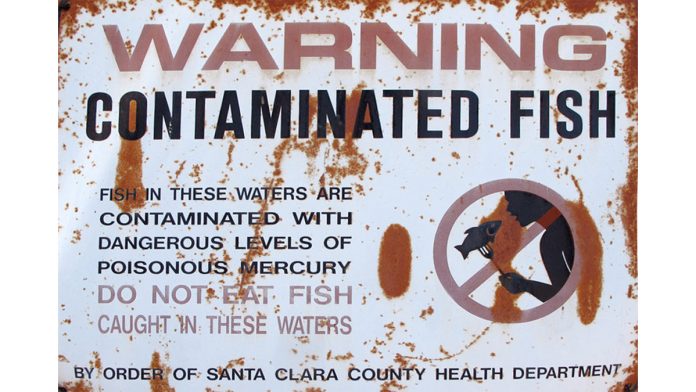BEIJING – A study led by Chinese researchers has shown that methylmercury, a potent toxin, was found in biological samples collected from the Mariana Trench, the deepest part of the world’s oceans, according to the Chinese Academy of Sciences (CAS).
Researchers from the Institute of Deep-sea Science and Engineering under the CAS, Tianjin University as well as other institutions used a deep-sea lander to collect fauna and surface sediments from the Mariana Trench and Yap Trench, China’s Xinhua news agency reported.
They then measured mercury isotope compositions in the samples to track the source and migration route of methylmercury.
Results showed that methylmercury accumulated in shrimps living in the trenches. The accumulated mercury in trench fauna originated from methylmercury produced in upper oceans, which entered the food chain in the deep sea through sunken particles.
The study was published in the journal Nature Communications.
Previously, a research team led by Peng Xiaotong from the Institute of Deep-sea Science and Engineering had made progress in the study of deep-sea environmental pollution.
They reported the distribution of microplastics in the Mariana Trench, showing that microplastics have contaminated the deepest part of the world’s oceans. They also reported the distribution and cumulative effect of persistent organic pollutants in the area.
These studies showed that man-made pollutants including microplastics and methylmercury are much more pervasive across deep oceans than previously thought, posing threats to fragile deep-sea ecosystems, Peng said.
— BERNAMA













